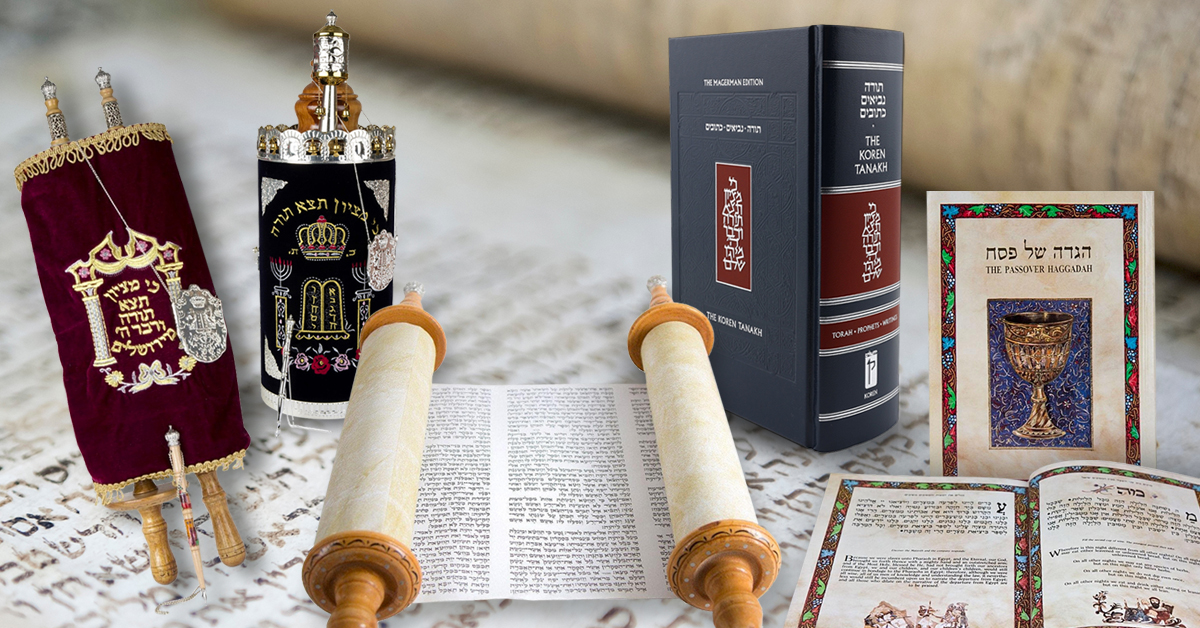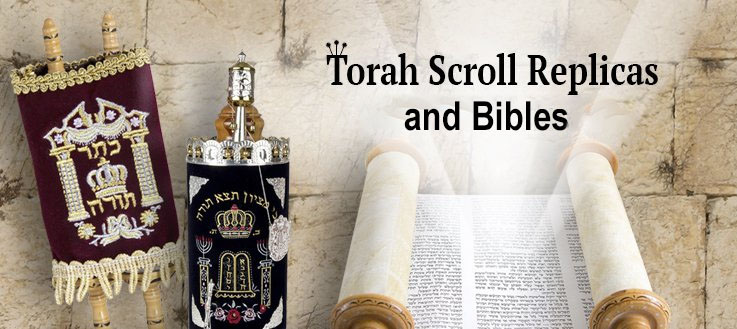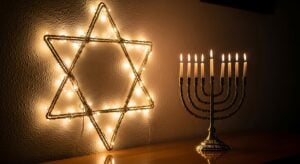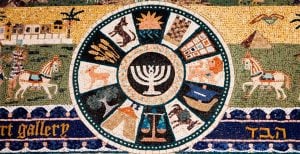Time in Judaism is more than a way to mark days — it’s a rhythm of sacred moments. The Jewish calendar shapes every holiday, season, and cycle of Jewish life, from Rosh Hashanah to Passover, and has been guiding the Jewish people for thousands of years.
What makes it unique is the way it blends the cycles of the moon and the sun. Rooted in the Torah’s commandment to sanctify the new moon, the calendar is lunar at its core, with months that follow the waxing and waning of the moon. Yet it also keeps pace with the solar year to ensure that holidays arrive in their proper seasons. This careful balance of lunar, solar, and sacred time makes the Jewish calendar unlike any other, and it remains central to Jewish identity and tradition.
How the Calendar Works
Each Hebrew month in the Jewish calendar lasts 29 or 30 days, corresponding to the phases of the moon. But 12 lunar months total only about 354 days — shorter than the solar year. Without adjustment, the holidays would shift across the seasons.
To solve this, the Jewish calendar follows a 19-year cycle. Seven times within that cycle, an extra month — called Adar II — is added. This leap month keeps the calendar aligned with the solar year, ensuring that holidays like Passover always fall in the spring and Sukkot always comes in the fall. This remarkable system has preserved the sacred rhythm of Jewish time for millennia.



















